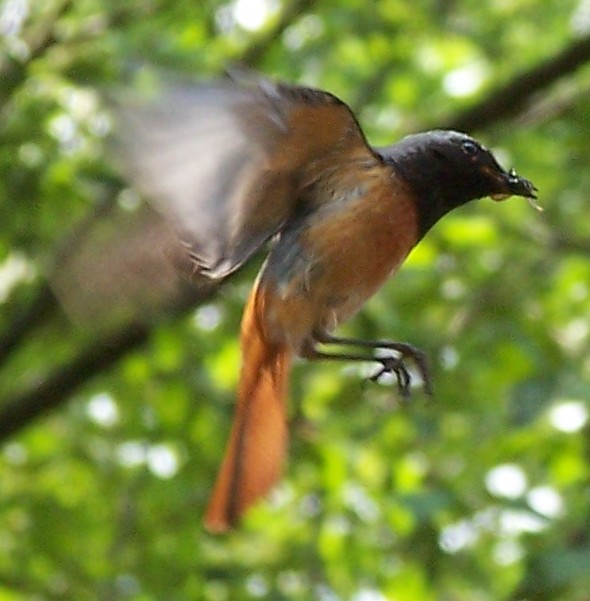Exploring Bird Diversity: Surprising Patterns of Functional and Species Richness Uncovered in the United States

A recent study conducted by researchers from Ohio State University (OSU) delved into the bird diversity across the United States, considering both functional and species diversity patterns. The findings revealed a fascinating yet perplexing aspect that scientists have yet to fully comprehend: functional diversity patterns in the West differ drastically from those in the East. While species and functional richness peak during the breeding season in the West, the East displays the opposite trend, with low functional diversity despite high species richness.
The contrasting pattern observed in the East raises intriguing questions as it suggests that migratory and resident birds in these regions make distinct functional contributions to bird assemblages. Lead author Marta Jarzyna, an assistant professor of Evolution, Ecology, and Organismal Biology at OSU, explains, “It suggests that resident birds in the East have a wider array of functional characteristics than migratory birds, and in the West, it’s the opposite: migratory birds contribute more to functional richness than resident birds.”

In addition to assessing species richness, the researchers incorporated four characteristics—body mass, diet, foraging niche, and activity time—to gauge functional diversity. Jarzyna highlights the significance of these diverse attributes, stating, “Different species obviously have different characteristics and different traits, and contribute in different ways to the community composition and ecosystem functioning.”
While previous studies on bird functional diversity have focused solely on a single breeding season, typically summer in the Northern Hemisphere, this study stands out as the first to examine diversity across the entire year, encompassing fluctuations in bird abundance throughout the country. Gaining a better understanding of how functional diversity varies spatially and temporally among bird populations is crucial for effective forecasting, conservation, and biodiversity management.
Nevertheless, further research is required to unravel the causes behind the perplexing differences observed between the eastern and western regions of the United States. Jarzyna remarks, “Why is it in the East that we observe an increase in functional richness during the winter, when many species leave the region? It’s puzzling that you would gain this dimension of diversity while losing something else. This is not the case in the West, where both species richness and functional richness are highest in the summer.”
The study highlights the need to explore individual species’ contributions to functional diversity and determine whether there are indeed differences between migratory and resident birds. The research, published in the journal Current Biology, offers valuable insights into the complex dynamics of bird diversity, informing future conservation efforts and biodiversity management practices.






